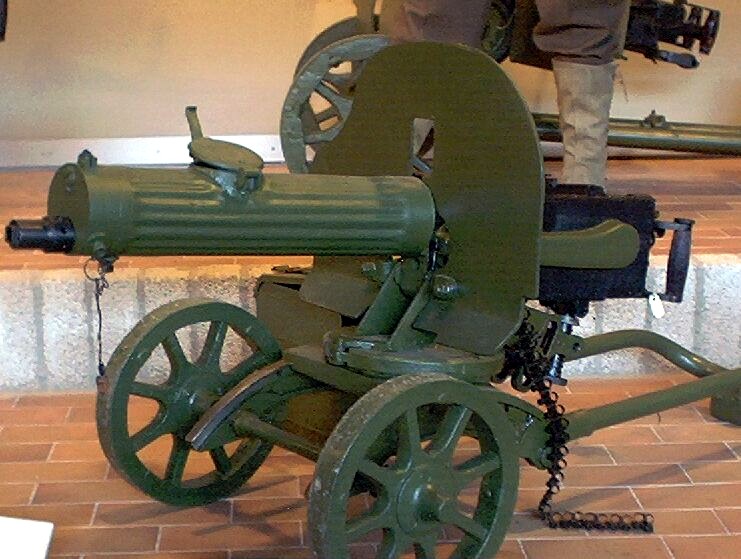How it didn't happen:
That's the staff illustrator for Herbert Wrigley Wilson's History of the Great War, again. It's the lost weeks between the Marne and Ypres again, and he's trying to show us what battle looks like, 28 years, almost day by day, before the Battle of El Alamein. The French defenders form a thin rouge-et-bleu line, while the Germans come on in columns of companies. It would be a familiar sight on an eighteenth century battlefield, and there is a reason that the illustrator would expect a fight in late 1914 to look the same way. It comes down to the weapons. Machine guns and artillery have deep but narrow dispersal patterns. Attacking in wide but shallow formations minimises their fire effect. The tactical answer to this is platoon fire, which spreads fire in conforming shallow-but-wide dispersal. To cram enough defending infantry in to give that fire, you need a continuous line. At which point the fire of both sides is so ill-developed that the battle comes to be decided at the point of the bayonet.
Did it happen like that in the fall of 1914? No, it didn't. As even Nineteenth Century tactical manuals accepted, modern rifles were deadly enough that the attack wouldn't go in. instead, the attackers would balk and go to ground, engaging the defenders in a fire duel. As their fire built up, the defenders would follow suit. A hasty attack might carry the attackers through, or end with them routing. If neither happened, the men would dig trenches right out from underneath of them, and the mobile battle would be over. The illustrator, I think, foreshadows the trench line rather than depicts it. It's more likely that the French position has formed along an irrigation ditch than that the big, round-shouldered excavation in the drawing is recent. Which, as we know, is what actually happened in 1914. Four years of bloody stalemate, a trench line that stretches across Europe, Verdun, the Somme, bloody shambles, the vain dream of the green fields beyond, all of that.
On October 30th, 1942, as the desert wind blew sand through the battlefield of El Alamein, and the fighters rested in their trenches, listening to Radio Belgrade and letting air mail flimsies comfort them with the thought that someone loved them (third verse: "Afric's burning strand"), the planners of the staff were meditating on the same theme. Yesterday, General Alexander and Colonel McCreery had escorted the Minister of State for the Middle East to Montgomery's battle headquarters, and the minister hinted that it might be time for the general to share his plan for managing the shutting of the battle down with him. The GOC and his chief of staff indignantly denied that a stalemate was in the offing.
Which is why, at 2200 hours on October 31st, when the dead walk the streets of Vancouver to the sound of the fireworks, the Australians of 2/24, 2/32, and 2/48th infantry battalions, supported by 2/3rd Pioneer Battalion, plus 40th Royal Tank Regiment, mounted in Valentines, and 360 guns, went forward at the northern extreme of the battlefield, just south of the sea. They were to clear the coast road and cut off 125th Panzergrenadier Regiment, then turn and take up defences facing west and south on the far side of the railway embankment and accept Armoured Army Africa's counterattack if they could not.
They did. They held it. The battle wasn't over yet, but it might as well have been.
The odd part here is that the whole story of 1914--18 suggests that the attack was the hard part. There were theorists who grandly announced that offensive action was stronger than defence in the years before 1914. We mock their folly today --and then fall into exactly the same thinking when it is time to celebrate this great Australian tactical victory of 1942.
What the hell happened?


